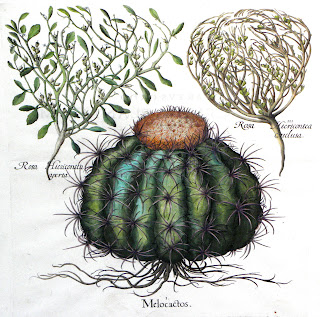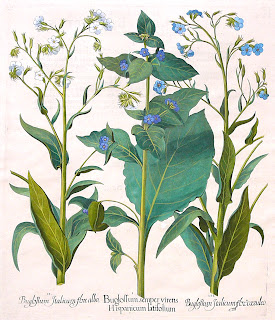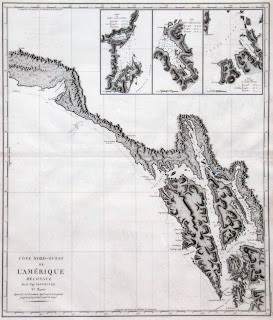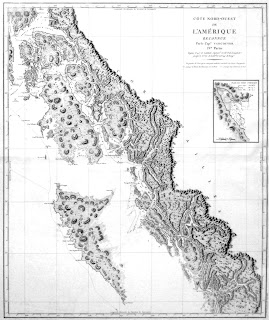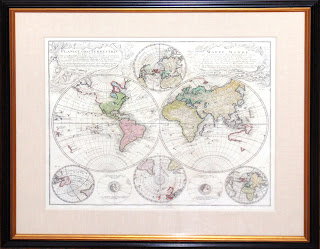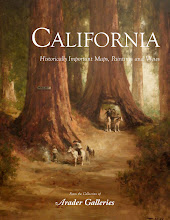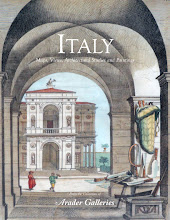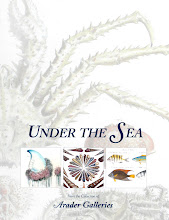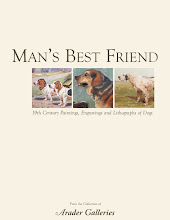George
Arents, Jr. was the grand-nephew of Major Lewis Ginter of Allen and Ginter
tobacco manufacturing company, later acquired by the American Tobacco Company. With
a Bachelors from Columbia University (and a Masters degree at Syracuse University
at the age of 57), Arents joined the family business and served as a member of
the American Tobacco Company firm from 1896 to 1905. In 1922, he became a
director and, from 1924 on, the treasurer of both the American Machine and
Foundry and International Cigar Machinery, a subsidiary. For his contributions,
Arents is considered one of the founders of the American Machine and Foundry. With
his partner Rufus L. Patterson, Arents received a patent on a cigar-rolling
machine in 1900 and eventually they produced two-thirds of the cigars
manufactured in the United
States.
In
conversation with Sue Dickenson of Commonwealth Magazine, Arents recalled a
talk given at the College
of William and Mary in
1939 where he discussed some advice his great-uncle once gave him:
“On one of my many visits, Major
Ginter gave me some advice which I have never forgotten; it has added greatly
to my happiness and I think may be of value to many of you here – he said,
’When you are young, have many hobbies, but let your business or profession
come first; as you grow older, you will have to abandon some of them, the more
you have, the less you will miss those you have to give up.”
 |
| Image Courtesy of Wikicomons |
In 1893
Arents purchased a pamphlet entitled “A Pinch of Snuff” for $2.25 while
perusing an antique bookshop. This was the start of what would become a
lifelong passion - as well as the largest and most important collection of
tobacciana in the world. Perhaps the most noteworthy item in his tobacco
collection is the vary rare 1507 volume of Cosmographiae
Introductio by Martin Waldesmuller. As the first printed reference to
tobacco, it cites an account of explorer Amerigo Vespucci having observed Native
Americans chewing a certain green plant. Arents continued to collect books,
images, and other paraphernalia that referenced tobacco. By 1952, five
illustrated volumes were published on the collection: Tobacco, its History Illustrated by Books, Manuscripts, and Engravings
in the Library of George Arents, Jr.
 |
Rosa Macrocarpa
from Redoute's Les Roses |
Arents’
other great contribution, The George
Arents Collection of Books in Parts, contains over 1,200 items dating from
the 18th to the 20th centuries and is one of the most important collections
assembled on the subject. In the words of Sarah Augusta Dickson, the first
curator of the George Arents Collection: “Books in parts may be defined as
works by an author or authors which are published piecemeal over a period of
time, each unit having its separate cover, usually paper or boards, and in many
cases with the title-page and other preliminary matter for the volume or
volumes at the end of the last part.” These items were acquired with a keen eye
intent on collecting only the best copies of these publications with an
emphasis on original condition and original wrapping. Several titles in bindings were
added to the collection including Redouté's Les
Roses and Audubon's Birds of America
(the octavo edition of 1840-1844).
 |
Californian Partridge
from Birds of America
John James Audubon |
George
Arents, Jr.’s other interests included auto-racing, music, books, and sports. In
1904 he participated in his first and last international road race, the
Vanderbilt Cup; unfortunately, Arents flipped his car during the race injuring
himself and killing his mechanic. Always appreciative of fine music, Argents
family donated a 21-bell carillon to St. Thomas Episcopal Church on Fifth Avenue.
George Arents, Jr.’s social activities included the Century Association, The Racquet
and Tennis Club, the Friends of Yale Library, the Huguenot and St. Nicholas
Societies, the Grolier Club, and the American Society of the French Legion of
Honor.
George
Arents, Jr. died in December 1960 at the age of 85. The George Arents, Jr.
Collection, now in New York Public Library on 5th Avenue, is in two
Georgian-style, pine-paneled rooms.
Arader Galleries is proud to offer its services in helping you find your passion and collectables. Our skilled professionals are happy to help clients begin their own collections with artwork that stuns and only gets better with age. Sample works include the finest prints of Audubon, Redouté, maps, architecturals, Americana, furniture and globes, and rare books. Below are just a few examples of what we would be delighted to show you. Further offerings may be viewed at our website: http://aradersf.com/
Bayard Taylor Illustrated Library of Travel,
Exploration and Adventure, Wonders of the Yellowstone
Scribner, Armstrong & Co: New
York, 1875.
Homann
Heirs
Planiglobii
Terrestris Mappemonde
Nuremberg: 1746
Hand-colored copperplate engraving
Andreas Cellarius (1656-1702)
Typus Selenographicus Lunaephases et Sectus Varios ad Umbrans
From Atlas Coelestis seu Harmonia Macrocosmica
Amsterdam: Schenk and Valk, 1708
Hand-colored copperplate engraving
Please contact Arader Galleries for further information.

